- Information
- Detailed Itinerary
- Trip Maps
- Gallery
- Reviews
- Similar Tours
- Fitness
What's included
- Arrival airport pick up and Departure transfers on both domestic and international flights.
- Accommodation 2-3 stars Hotel in Kathmandu on a twin share bed with B/B plan
- According to CHOICE of menu 3 times meal B/F, Lunch & Dinner with 2cups of tea or coffee in breakfast and every meals a cup of while the trekking.
- Responsible trekking policy of two Trekkers: One porter.
- Accommodations at clean and comfortable local Tea House – lodge during the trek.
- English speaking guided half day city tour with world heritage sites.
- All domestic flight, Airport taxes, private transportations starting & ending points of trek.
- English Speaking Experience local Mountain Guides – by Himalayan Trails trained and Nepal government licensed holder as well as First Aid Eco trained.
- Along the trek basic complete First Aid Kit.
- Assistants Guide and other support staff if indeed.
- Everest Trekking map.
- Insurance of all staffs Guide, Assistants, Porters, Accommodations, food and reasonable salary during the treks.
- All necessary officials pepper work.
- TIMS, Khumbu Community and Sagarmatha National Park entry fee.
- Warm clothing and required trekking gear for porters
- Travel and Rescue arrangements
- All the Government Taxes
- Welcome and Farewell dinner as per itinerary.
- Nepal entry Visa fees (US$ 40 per person for 30 days)
- International Airfare
- Your Travel Insurance
- Lunch, Dinner & Drinks in the cities
- Any kind of drinks & personal expenses on trek
- Hot shower, Electricity Bills during trek
- Personal gear & clothing
- Medical evacuation encase of Emergency
- Tips and Items of a personal nature like postage and laundry
- Expenses deserve due to Natural or man made hazards like landslide, strikes, political unrest etc. will be charge extra as per actual and anything not specify on the cost.
Three Passes Island Peak Climbing
Island Peak climbing is one of Nepal’s most popular peak-climbing options. On a regular trek in the Everest Region, you attempt to climb Island Peak, also known as Imja Tse. It is a mini-mountain with a height of 6189 m. Island Peak’s climbing difficulty is fairly low compared to the other eight-thousanders, and it also takes only one day to reach its top and back to the base, thanks to its low Island peak elevation. However, you do need the basic mountaineering skills to reach the Island Peak summit with fair ease.
Similarly, the Island Peak climb is a fairly safe activity. Till now, no Island Peak deaths have been reported that occurred while climbing Island Peak. The path that leads you to Island Peak Nepal or Imja Tse deviates from Chhukung. It is a beautiful village situated in the lap of the Himalayas. Though the core climbing duration is one day long, you tend to spend Overnight at the Imja Tse Base Camp, doing some training, preparing for the climb, and some rest in the afternoon, Since this trip takes the difficulty of Everest treks to a whole new level, it is recommended only to who has knowledge and experience in climbing filled.
Best Season for Island Peak Climbing
Likewise, quite like the other tourism-related activities. The best season for Three Passes Island Peak climbing is between March to May and September- October. During this time, the weather is at its best, offering you great mountain views. Without a doubt, adding the Island Peak Climbing to these treks in the Khumbu Valley raises the level of difficulty of these journeys. But this is what brings you all the fun and excitement. There is nothing to compare with the view that you enjoy from the top of this mini-mountain called (Imsatse)Island Peak.
In conclusion, Nowadays Island Peak climbing is a bit difficult due to global warming the glaciers and Ice are melting a lot. Also, some parts of the climbing trail are rocky, and sometimes rocks can fall. So safety is most important during the climb, and our team makes sure our client, safety is always on top concern to achieve the Summits.
Himalayan Trails Trekking can prove to be your ideal travel partner especially when it comes to trekking and expedition, and Island Peak climbing is different. You could also hire Himalayan Trails trekking for luxury tours, and trips to interesting places in countries like Bhutan and Tibet.
Short Itinerary
- Day 01: KTM Arrival picks up from the Airport and welcoming by garland and transfer to Hotel, trek briefing, and welcome dinner.
O/ N Hotel –B/D
- Day 02: Kathmandu Half-day excursion sightseeing and trek preparation day
O/N Hotel -BB
- Day 03: Scenic fly to Lukla (2,865m) Trek to Phakding or Monjo (2,640m) 3-4hrs
O/N Lodge –BLD
- Day 04: Phakding – Namche Bazaar (3,440m) 5-6hrs
O/N Lodge –BLD
- Day 05: 2nd night in Namche Acclimatization hike (3,860m)
O/N Lodge –BLD
- Day 06: Namche – Thame (3,820m) 4hrs
O/N Lodge –BLD
- Day 07: Thame – Acclimatization hike up to Sumdur -Ri Peak back to Thame (5,361m) 6hrs
O/N Lodge –BLD
- Day 08: Thame – Lungden (4,370m) 4/5hrs
O/N Lodge – (BLD) - Day 09: Lungden – Gokyo (4,750 m) via Ringo – La (5,362m) 7/8hrs
O/N Lodge – (BLD) - Day 10: Gokyo –Gokyo –Ri (5,350 m) back to Gokyo lunch and trek to Dragnag (4,700) 6hrs
O/N Lodge –BLD
- Day 11: Dragnak –over Cho–La pass (5,420) trek to Dzgong-La (4,830m) 7-9hrs
O/N Lodge –BLD
- Day 12: Dzgong- La – Lubuche (4,910m) 4hrs
O/N Lodge –BLD
- Day 13: Lobuche –Gorakshep (5,100m) via EBC (5,360)back O/N Gorakshep 6hrs
O/N Lodge –BLD
- Day 14: Gorakshep – Kalapather (5,545m) back to Lobuche (4,910m) 5hrs
O/N Lodge –BLD
- Day 15: Lobuche – Chukung (4,730m) via Kongma –La (5,530m) 8/9hrs
O/N Lodge –BLD
- Day 16: Chukung – Island Peak Base camp (5,200m) 4hrs
O/N Tent –BLD
- Day 17: Summit Day (6,183m) and back to Chukung (4,730m) 10-11hrs
O/N Lodge –BLD
- Day 18: Reserve day in case of weather conditions/ predict
- Day 19: Chukung – Pangboche (3,953m) 4hrs
O/N Lodge –BLD
- Day 20: Pangboche –Namache (3,440m) 6hrs
O/N Lodge –BLD
- Day 21: Namche –Lukla (2,865m) 7-8hrs
O/N Lodge –BLD
- Day 22: Lukla – KTM fly back
O/N Hotel -BB
- Day 23: Free day in KTM and farewell dinner
O/N Hotel – (BB/D)
- Day 24: Departure to the international airport and share the experience of the Three-pass trek and Island Peak.
Important Note
The above itinerary is a guideline and a standard outline we advise to help you to plan your trip. But we can modify and offer tailor–made trips according to your requirements and availability of the time frame, before trip booked. But when the trip starts your Leader or guide is only legally responsible for changing itineraries foremost group interest.
Weather Conditions
However, the weather in Nepal is unpredictable and always can change very fast, especially in high-altitude and mountain airports. Moreover, Lukla flights are easy can be delayed and canceled due to weather problems or wind. Lukla Airport is one of the most famous Tenzing Hillary airport and adventurous airport in the world. it has an altitude of 2,860mtrs. The runway is quite steep wards and down. Since, few years in the picking season autumn and spring, Normally flights have been operated from the Ramechap which is about 135km and 5 hours drives from Kathmandu. However, rather than pick season, most flights are operating from Kathmandu domestic airport, the same as North of the international airport. So please prepare mentally that the flight can be delayed or cancelled but Himalayan Trails Trekking will safely arrange other options and will lend you to the destinations.
- Day 01
- Day 02
- Day 03
- Day 04
- Day 05
- Day 06
- Day 07
- Day 08
- Day 09
- Day 10
- Day 11
- Day 12
- Day 13
- Day 14
- Day 15
- Day 16
- Day 17
- Day 18
- Day 19
- Day 20
- Day 21
- Day 22
- Day 23
- Day 24
KTM Arrival pick up from Airport and welcoming by garland and transfer to Hotel, trek briefing and welcome dinner.
O/ N Hotel –B/D
Kathmandu Half day excursion sightseeing and trek preparation day
O/N Hotel -BB
Scenic fly to Lukla (2,865m) Trek to Phakding or Monjo (2,640m) 3-4hrs
O/N Lodge –BLD
Phakding - Namche Bazaar (3,440m) 5-6hrs
O/N Lodge –BLD
2nd nights in Namche Acclimatization hike (3,860m)
O/N Lodge –BLD
Namche – Thame (3,820m) 4hrs
O/N Lodge –BLD
Thame - Acclimatization hike up to Sumdur -Ri Peak back to Thame (5,361m) 6hrs
O/N Lodge –BLD
Thame – Lungden (4,370m) 4/5hrs
O/N Lodge – (BLD)
Lungden – Gokyo (4,750 m) via Ringo – La (5,362m) 7/8hrs
O/N Lodge – (BLD)
Gokyo –Gokyo –Ri (5,350 m) back to Gokyo lunch and trek to Dragnag (4,700) 6hrs
O/N Lodge –BLD
Dragnak –over Cho –La pass (5,420) trek to Dzgong-La (4,830m) 7-9hrs
O/N Lodge –BLD
Dzgong- La – Lubuche (4,910m) 4hrs
O/N Lodge –BLD
Lobuche –Gorakshep (5,100m) via EBC (5,360)back O/N Gorakshep 6hrs
O/N Lodge –BLD
Gorakshep – Kalapather (5,545m) back to Lobuche (4,910m) 5hrs
O/N Lodge –BLD
Lobuche – Chukung (4,730m) via Kongma –La (5,530m) 8/9hrs
O/N Lodge –BLD
Chukung – Island Peak Base camp (5,200m) 4hrs
O/N Tent –BLD
Summit Day (6,183m) and back to Chukung (4,730m) 10-11hrs
O/N Lodge –BLD
Reserve day encase of weather conditions/ predict
Chukung – Pangboche (3,953m) 4hrs
O/N Lodge –BLD
Pangboche –Namache (3,440m) 6hrs
O/N Lodge –BLD
Namche –Lukla (2,865m) 7-8hrs
O/N Lodge –BLD
Lukla – KTM fly back
O/N Hotel -BB
Free day in KTM and farewell dinner
O/N Hotel - (BB/D)
Departure to international airport by privet vehicle back to home and share the experience of EBC trek and Island peak.
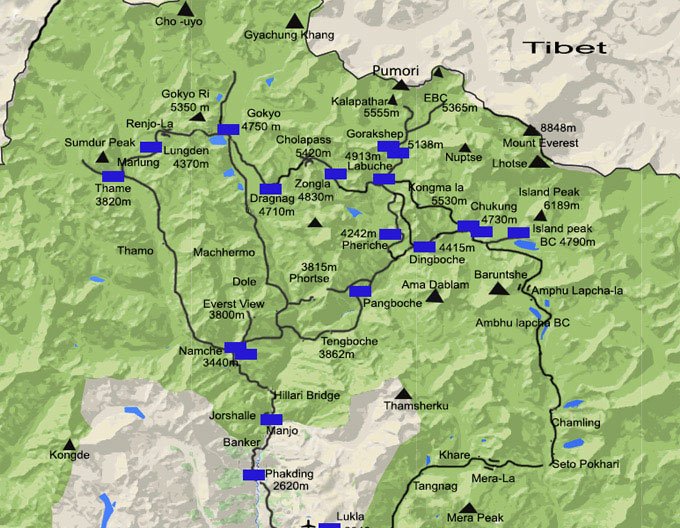
More about Nepal
Three passes island Peak Climbing
Train and Fitness
Physical fitness is one of the most key elements on the trek. The trekking in the Himalayan is not forced on it and pacing is always slow, most of the days generally being shorter than a hiking day at your home country. We believe that should be you’re imaginable of its kind of holiday trip literally than a contest to provide evidence of the travelers. We maintain situated so as to allow easy access to your trip can be demanding but not a difficult. You can make your own speed and enjoy your trip stunning atmosphere rather than following to other to catch. Himalayan Trails, recommend that you assume on a good fitness agenda proceeding to your trip although and one that builds up general strength and specific leg muscle groups. There is nothing like hiking with a bag pack to train for trek in Himalaya. So our best advice is to get out into the Hills or Alps as often as you can. You better ware your hiking boots and carry about 5-6 kg in your day bag-pack; this is a good weight to walk with it.
If you are doing Gym then which can be helpful and work on the thigh and calf muscles but better to build your heart rate over 50%. Any kind of heart breed activities are good but swimming will not add it doesn’t train right muscles groups better added other exercise to be effective. Hiking in Hills, Alps would be the best preparation for a trek in Nepal.
Experience For The Nepal Trek
The trekking trail and area of Nepal mostly well trodden and natural path most of the regions, even though it can be rocky and rough in some parts. It is not precipitous and there is no rock climbing or Mountaineering which is requiring equipments. It is hike most of the way in Himalaya, but some parts of the hills can be steep up and down and can be longer!
On the way you may meet many people along the trails as well as Donkeys, Yaks and heavy load porters. Walking in the Himalaya there is rule of the way when meet an approaching Donkeys, Yaks and porters always make sure you step to always on side where wide enough to passes through each other,( towards slopes side of the hill or inside of the Trail). Note: never ever stand ridged sides of the trail. If you stand, it means, we call (outside standing is suicide and inside is safe site) because it can be push by them down to mountains or rivers.
The trekking poles are very useful, if you have problems with knees, depending on weather or personal choice for using them. Even though higher up, ice path, moraine, open slopes may give you extra support from it, also quite easy to follow the path.
Always final sections are can be Glacier itself and high elevation, it is bit difficult and occasionally slippery under trails. The ice is covered in water stones and dirt, so where a coolant produces cold temperatures in the surface below.
Comfortable, good sole, ankle support (4 seasons) trekking boots waterproof are recommended for the high passes trek but for the lower trek lightweight hiking boots are fine to protect you beside, probably going over an ankle, low altitude trek heavy boots will be hot and unwieldy.
Accommodation on The Trek and while climbing
Tea house trek accommodation will be in comfortable tea houses and lodges run most of the area by local families, except people specify a preference for tents. Every tea house or lodge has a common heated Chimney in the dining hall, although the bedrooms are not heated with mattresses, pillows and two beds in a room. We recommend you to bring your own sleeping bag (3 seasons in normally fine) but possibility is also you can buy and hire in Kathmandu.
Generally most of the tea houses have hot showers by gas gizzards and they have squire toilets but some area have and use drop toilets with flush systems.
For the Tent Camp/ Tent trekking we use branded company tents which are for two persons comfortably can sleep and can put your luggage on side, and we provide you the mattresses. Tents are fixed always near the guest house and eating in our own dining tent, sometimes eating can be indoors, depends on possibility. So toilets sometimes you will use from the lodge but obvious we will have our privet toilet tents too.
Himalayan Trails Support
Our main back bones of the trek are porters, will carry your main duffle bag up to a maximum weight of 12-14 kg per guest and supply for all the groups needs, if you need to go back down to the valley together with assisting you. Apart from specially camping, all the accommodations are in local lodge or Tea houses which are well prepared, warm and friendly environment.
Our entire trip we run by permanently Guides or Leaders, who have been employed over ten years with us and been training personally high standard leadership and first aid by our company. They know how to deal with emergencies and speak fluently English. They are always helpful and look after you so many years have been working with tourist and westerns, they know the westerns needs and understanding. Our porters are always who works with us forever all our teams are dedicated and they will provide high standards services.
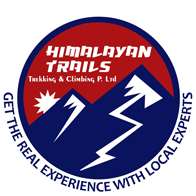
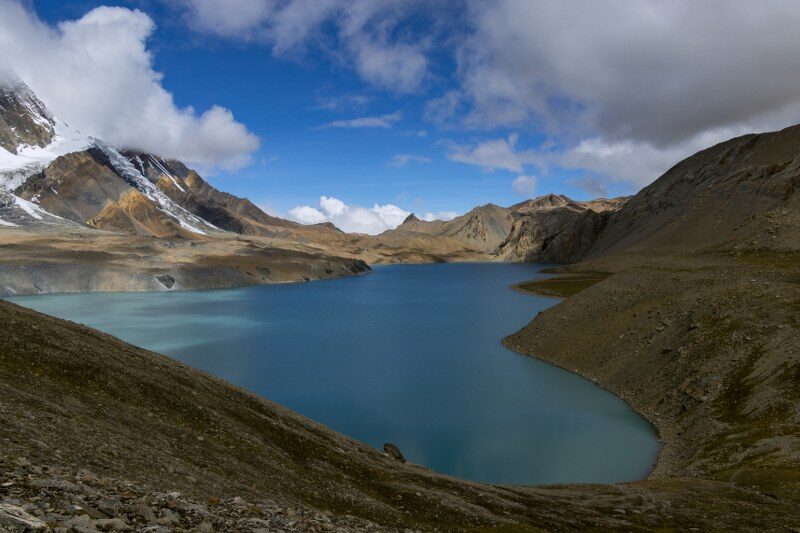
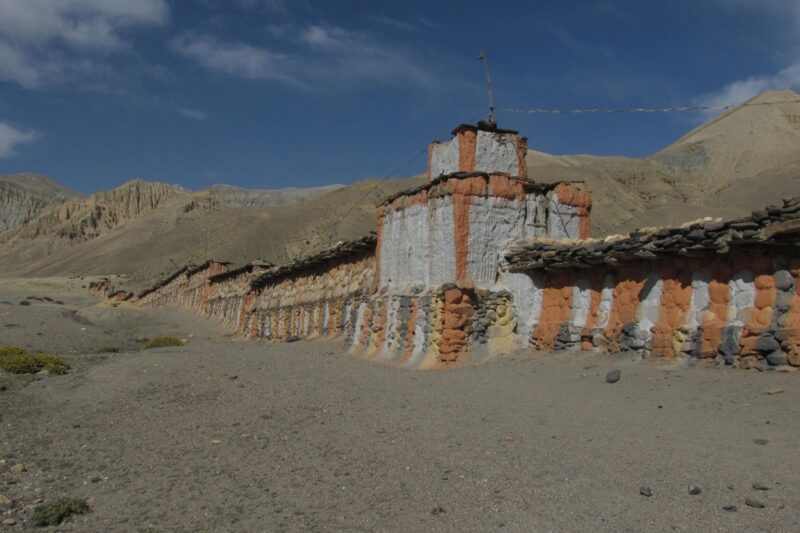
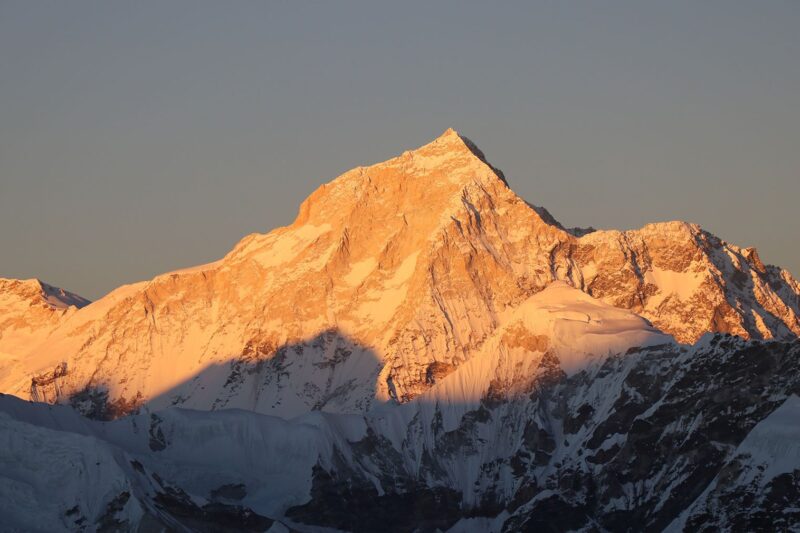
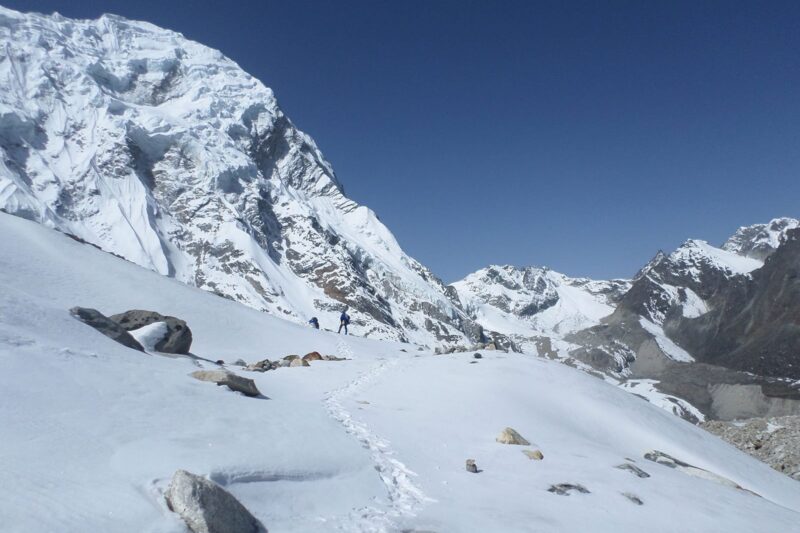
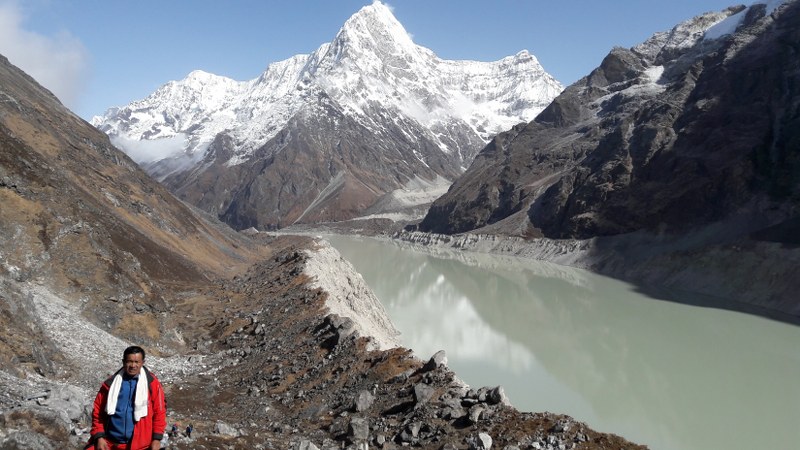
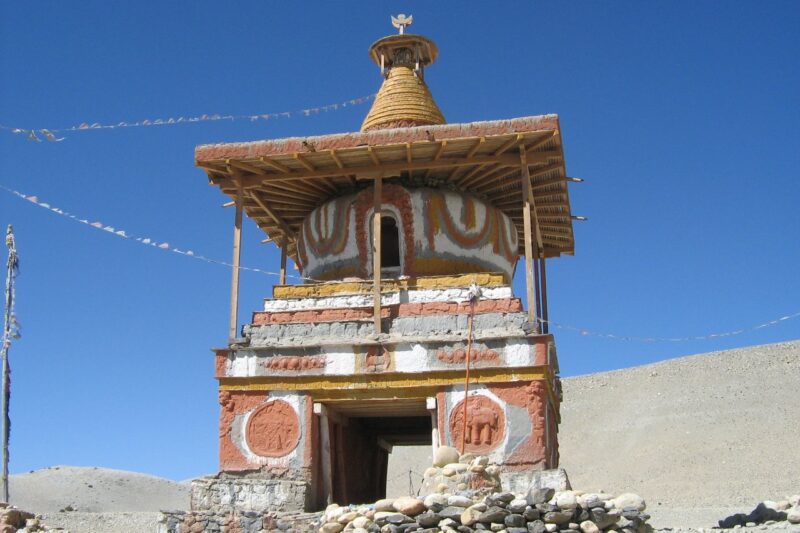




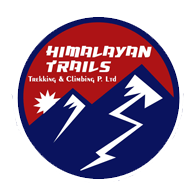
User Reviews & Comments
jobstak.jp
australian online casinos that accept paypal References: jobstak.jp
December 29, 2025
rsh-beveiliging.nl
rsh-beveiliging.nl
December 28, 2025
WinSpirit casino bonus Australia
King Billy Casino delivers a seamless mobile gaming experience for Australian players, with full access to games and features on any smartphone or tablet. Premium gaming platform offering Australian players secure entertainment with over 3,000 games, generous bonuses, and professional support since 2017. Players who choose our platform gain access to security features typically reserved for enterprise-level applications, while enjoying login speeds that enhance rather than hinder their gaming experience.King Billy Casino's login system represents the perfect synthesis of security, convenience, and performance, providing players with access to their gaming kingdom that's both protected and accessible. All security features including session management, device recognition, and threat monitoring work seamlessly on mobile devices, ensuring that your account remains protected regardless of how you choose to access it.Want 24/7 protection for your gaming account? The King Billy bonus program includes weekly reload offers providing 50% matches on Monday deposits up to $200. Wagering requirements apply at 35x the bonus amount, calculated on bonus funds and winnings from free spins. You can deposit and play immediately after registration, but withdrawal requests require completed verification. References: https://blackcoin.co/baccarat-rules-and-strategies/
December 27, 2025
Woolworths Casino NSW
Both Tasmanian casino venues boast multiple blackjack tables across their gaming floors and both complex’s offer accommodation, fine dining restaurants and exclusive bars, shows and live entertainment, and much more. Every time you use your membership card for gaming, dining or staying with country club you will earn loyalty points. Beyond the driving range, visitors can test their skills on an 18-hole mini golf course designed for all ages and experience levels. There’s nothing better than enjoying fresh seasonal produce, sourced locally and cooked to perfection. As these on-time performance stats are user reported, they may differ from official Metro Tasmania metrics. You can also contribute your own reports on whether your trip arrived on time, late or early. The Country Club Resort is much like a quality hotel except you are surrounded by beautiful Tasmanian wildlife, bushland and an 18-hole golf course. While the Country Club does not have as many casino games as other gambling venues in Australia, it is a truly unique spot and definitely worth the experience. The "Federal" range of casino games available at the Country Club are a Tasmanian Government-approved variation of popular titles. References: https://blackcoin.co/things-you-should-not-do-while-playing-online-casinos/
December 27, 2025
how to find best payout online casino
Customers have expressed mixed feelings about several aspects of the platform. Most reviewers were unhappy with their experience overall. 🚀 For security reasons, withdrawal requests are processed manually. Terrible experience with them, first day i sign up i make a deposit then play for a few hours until i hit a good win on a Pragmatic Play slots, i verify my account then cashout. Love the casino only thing that is frustrating is the time it takes for withdrawals to be processed but other than that great experience 🚀 New players are encouraged to seize the welcome bonus during registration. Casino.guru is an independent source of information about online casinos and online casino games, not controlled by any gambling operator. An initiative we launched with the goal to create a global self-exclusion system, which will allow vulnerable players to block their access to all online gambling opportunities. The Complaints Team concluded that the $3,000 was returned to his gaming account and used for gameplay, stating it was the player's responsibility to monitor the balance. In many situations, these are high enough to not affect most players, but some casinos impose win or withdrawal limitations that can be fairly restrictive. Many online casinos have clear limits on how much players can win or withdraw. References: https://blackcoin.co/comprehensive-guide-to-online-casino-play/
December 27, 2025
instant banking casinos Australia
Enjoy personalised hosts, private entrances, luxurious interiors, and tailored dining – all designed for elite gaming. Earn and redeem points across gaming, hotels, restaurants, and more — online and on-site. From world-class Japanese cuisine to relaxed al fresco dining, there’s something for every taste and budget. Adjoining the lower level living room is a large outdoor terrace with an undercover dining area that overlooks the magnificent infinity pool and Perth city skyline. QT Perth is a luxurious, designer, urban hotel in the centre of Perth City, ideal for those who love to shop, dine and indulge. Featuring an outdoor swimming pool and a fitness centre, The Westin Perth is in a prime location in the heart of Perth, ideally located 200 metres from Perth Concert Hall and 300 metres from the... Situated in Perth, 600 metres from Perth Convention and Exhibition Centre, Nightcap at Belgian Beer Cafe offers accommodation with a bar. Conveniently located just minutes from Perth Airport’s Domestic Terminal and 15 minutes’ drive from Perth CBD (Central Business District), ibis Budget Perth Airport offers free WiFi throughout the... Situated within the famous Crown Perth complex, the centrally located 4.5-star Crown Promenade Perth offers modern, comfortable rooms. Do I need my registered mobile number to login to the e-Filing Portal? Refer to the Register DSC user manual to learn more. For Individual users, if PAN is not linked with the Aadhaar, you will see a pop-up message that your PAN is made inoperative as it is not linked with your Aadhaar. You will receive the EVC on your mobile number registered with your bank / demat account. For Individual users, if PAN is not linked with the Aadhaart, you will see a pop-up message that your PAN is made inoperative as it is not linked with your Aadhaar. References: https://blackcoin.co/bellagio-resort-overview/
December 27, 2025
Pure Casino official site
Below are the best picks, each with its unique strengths and welcome offers. Once your account is set up and verified, you can explore the casino's game library. Some casinos may require email verification or additional identity verification. During the registration process, you might have the option to opt-in for welcome bonuses or promotions. And since these pokies offer such big payouts, their RTP is way lower than regular jackpot pokies because they dedicate a big portion of the losses to feed the fat progressive jackpot. Remember when I said I would give you my own gambling tips that my friends never want to hear about? Their common point is that their game sessions per bet are instant – you either win or lose. This will give you the best chance of earning back the bonus. I wouldn’t suggest you play just to climb the VIP ladder, but the VIP rewards come in handy along the way. My favourite of all is the cashback bonus. References: https://blackcoin.co/limitless-casino/
December 26, 2025
Jackpot City Casino review
Townsville accommodation Casino boasts an expansive and diverse array of pokies that cater to every type of player. The support team is accessible through several channels, including live chat, email, and telephone, ensuring that players can reach out for assistance whenever needed. The integration of these features into the mobile app demonstrates Townsville Casino's commitment to innovation and customer convenience, enhancing the overall user experience in the digital age. This rigorous approach to security makes Townsville Casino a trusted and secure venue for gambling enthusiasts. The casino employs advanced encryption technologies similar to those used by financial institutions to secure sensitive information and ensure that all transactions are protected against unauthorized access. Townsville Casino, located in the heart of Townsville, offers a premier entertainment experience that attracts both locals and tourists alike. If you’re late for your appointment, your treatment will finish at the scheduled time and no discount will be provided. Are you a dynamic and experienced hospitality professional looking to take the next step in your career? Within its vibrant gaming floor, the casino features an extensive selection of pokies, ranging from classic reels to the latest video pokies packed with new technologies and exciting bonus features. Each method comes with its own set of terms regarding fees and processing times, so players are encouraged to consult the casino's official site or customer service for the most accurate and up-to-date information. The casino features an expansive array of pokies and table games, accommodating both casual and serious gamblers. This multilingual support is crucial in providing a personalized and accessible gaming experience, helping to foster a comfortable and engaging environment for all players. References: https://blackcoin.co/les-16-meilleurs-casinos-a-paris-resume/
December 26, 2025
schnelle Auszahlungen Playfina Casino Australien
Bitte beachten Sie, dass in den Preisen inklusive Abendessen keine Getränke inbegriffen sind. Bei einer Buchung ab neun Zimmern belastet das Hotel Ihre Kreditkarte mit einer nicht erstattbaren Vorauszahlung in Höhe von 50 % des gesamten Buchungsbetrages. Dieses klimatisierte Zimmer für 3 Personen verfügt über einen Flachbild-Kabel-TV, ein eigenes Bad und einen Balkon mit Gartenblick. Das Hotel wurde von Óscar Niemeyer, einem der großen Meister der Weltarchitektur, entworfen. Die angezeigten Preise hängen vom Wechselkurs ab und können sich zum Kaufzeitpunkt ändern. Freuen Sie sich auf 6 gastronomische Einrichtungen, darunter das Restaurante Panoramico, in dem Sie ein Buffet und À-la-carte-Gerichte mit Blick auf die Bucht genießen können. Sie können zwischen Classic Zweibettzimmern mit Aussicht und 2 Einzelbetten, Familienzimmern mit 1 Doppelbett und 2 Einzelbetten oder Suiten mit 1 Kingsize-Bett wählen. Die 24-Stunden-Rezeption bietet einen Geldwechsel und einen Conciergeservice. Das Pestana Casino Park Hotel & Casino bietet Ihnen anspruchsvolle und moderne Zimmer in Funchals Park Santa Caterina. References: https://online-spielhallen.de/ihre-einfache-schritte-zum-izzi-casino-login/
December 21, 2025
Stakes Casino Cashback
Amer ist ein leidenschaftlicher Pokerspieler und langjähriger Fan des Spiels. Es gibt einige alteingesessene Casinos, die tolle Spiele und lukrative Bonusangebote anbieten. Sie können stattdessen direkt im Browser Ihres Handys spielen. Ja, ein großer Vorteil neuer Online Casinos ist, dass man in ihnen immer auch mit dem Mobilgerät um Echtgeld spielen kann. So erhalten Sie in der Regel bessere Bonusangebote als bei etablierten Anbietern und können außerdem auf die modernsten Casino Spiele zugreifen. Wählen Sie eine der von uns empfohlenen Internet Spielotheken und überzeugen Sie sich unverbindlich von den vielen Vorteilen, die Sie in neuen Casinos online erwarten. Neben lukrativen Boni und einer modernen Software können neue Online Casinos also auch durch eine zeitgemäße Spielauswahl begeistern. Werden zum Beispiel ein Jahr später aktuellere Spiele des Entwicklers veröffentlicht, muss das Casino erneut bezahlen, um auch diese in seine Spielauswahl mit aufnehmen zu dürfen. Auch wenn nicht alle kürzlich veröffentlichten Casinos mit exklusiven Spielen aufwarten können, sind meistens die neuesten Spieleentwicklungen der bekanntesten Hersteller verfügbar. Werden Spiele von bekannten Herstellern wie Microgaming oder NetEnt angeboten? References: https://online-spielhallen.de/ihr-ultimativer-leitfaden-zum-bigg-casino-bonus-code/
December 21, 2025
Monro Casino Erfahrungen
Wir bieten eine breite Palette von Spielen, darunter Slots, Tischspiele, Live-Casino und möglicherweise Crash-/Plinko-Spiele, von führenden Softwareanbietern wie NetEnt, Microgaming, Evolution Gaming, Pragmatic Play und Red Tiger. Im Conti Casino setzen wir uns dafür ein, ein sicheres Spielumfeld zu bieten. Im Conti Casino setzen wir uns dafür ein, allen unseren Spielern ein sicheres und angenehmes Spielerlebnis zu bieten. Behalte deine Gewinne und Verluste im Auge, um informierte Entscheidungen darüber zu treffen, wann du auszahlen oder weiterspielen möchtest. Entscheide dich für Spielautomaten, Tischspiele oder Live-Casino-Optionen, die dir das beste Preis-Leistungs-Verhältnis bieten. Je mehr Sie spielen, desto höher wird Ihr Rang und desto besser werden die Belohnungen! Das Conti Casino bietet eine umfangreiche Bibliothek von Spielen, darunter Spielautomaten, Tischspiele und Live-Casino-Optionen. Mit unserer App verpassen Sie keinen Moment der Aufregung – spielen Sie überall und jederzeit. Stellen Sie sicher, dass Sie genügend Mittel haben, um Ihre Einsätze zu decken, und lassen Sie sich nicht verleiten, Verluste zu verfolgen, indem Sie mehr wetten, als Sie sich leisten können. Von Slot-Turnieren bis hin zu Tischspielen und mehr, es ist für jeden etwas im Conti Casino dabei. References: https://online-spielhallen.de/instant-casino-deutschland-schneller-spielspas-im-fokus/
December 20, 2025